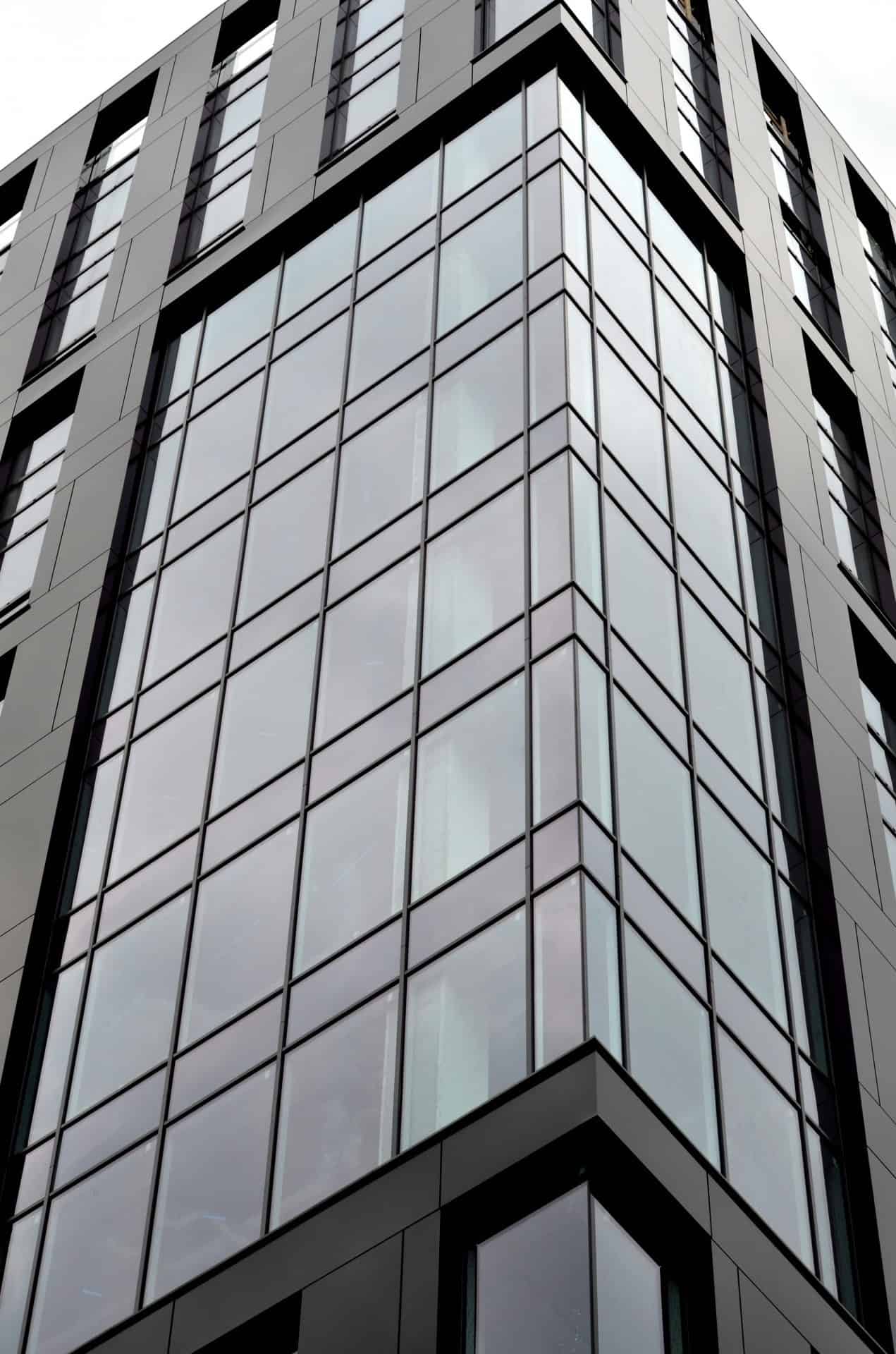Commercial Property Values During A Recession — And When To Buy

In March of 2020, this happened again after a continual 10-year “up-seller’s-market.” During the seven-week period from March 26 to May 7, 33 million workers applied for unemployment as the economy of the United States, along with most of the world, fell into the grip of the coronavirus recession. Prior to these occurrences, it had seemed as though many buyers, sellers, real estate brokers and lenders had forgotten that recessions even happened.
Commercial Versus Residential Values During A Recession
Commercial property values are affected differently than residential values during a recession. Residential values simply react to an over-supply and lack of demand. As many homeowners lose their incomes, they get behind on mortgage payments, resulting in too many homes being put up for sale at the same time, along with an abundance of foreclosed properties sold at a discount. Now, there are lower sales comparables for appraisers to use, which lowers residential valuations.
What makes commercial property values different than residential is that they are based primarily on net operating income (NOI), which is gross rental income and expenses. During a recession, many commercial properties have decreasing occupancy, plus late payments. And no paying tenants results in the lowering of NOI. This lowers the income approach in a commercial appraisal, which lowers the property value.
Phases Of The Real Estate Market Cycle
Recessions in the United States occur, on average, every six years and last from eight months to a year and a half. The real estate market goes up and down according to four market cycles. When buying commercial investment property, it pays to be able to identify which phase you are in so you can make an informed decision on the most you can safely pay.
• The Recession Phase: At the beginning of the recession phase, sellers don’t want to accept declining values, and most hang on to the higher boom values they were in love with. About four months into the recession, distressed sellers start facing reality, and it becomes a buyer’s market where prices start coming down. About seven months in, foreclosures peak, making it an excellent time to buy.
• The Recovery Phase: This is where values start to go up again. You can identify this phase when unemployment has gone down significantly for two consecutive months and declining rental rates and vacancies have leveled off. If you buy at the beginning of this phase, you are buying at the bottom of the market. This is obviously the very best time to buy.
• The Expansion Phase: At this point, it is a seller’s market, which is identified by low vacancy and higher rental prices, and construction is in full swing again. This can still be a good time to buy a property that is priced fairly and has value-add opportunities, such as under-market rents. But you are going to have to work hard to find good deals.
• The Hyper-Supply Phase: This is where there are too many units available in the market due to over-building; rents are coming down, but sales prices are still high. This is the worst time to buy — especially a value-add property. One of my clients did just that.
In October of 2007, a client of mine closed on a 186-unit apartment complex in Oklahoma City that appeared to be a good value-add opportunity. At $6.8 million, this 1984 class C property appeared to be one of the last good deals available. The seller had run out of money and had rehabbed all but 34 of the units, which were vacant. These units still had vintage linoleum floors, Formica countertops, cabinets and fixtures.
I cautioned him that he needed to get the property for a much better price because he was planning on spending $340,000 to upgrade the dated units and the market was in the hyper-supply phase — many new multifamily properties had just been built, flooding the market with too many units. The seller wouldn’t budge on the price. To his credit, my client completed the rehab early in seven months, but by then, the country was deep into the Great Recession. Lease-up on the newly remodeled units was terribly slow, and many existing tenants were paying late or not at all. My client didn’t have deep pockets and lost the property 14 months after he bought it.
The coronavirus recession might be a 1-in-a-100-year occurrence. Usually, a recession happens because businesses and real estate expand at unreasonably high rates, resulting in a correction of all financial markets. To avoid buying at the top of the market and overpaying for a commercial property, learn to identify what phase of the real estate market cycle you are in, and make sure it has extra NOI to survive a recession and maintain its value.
Source: forbes.com















 Accessibility
Accessibility